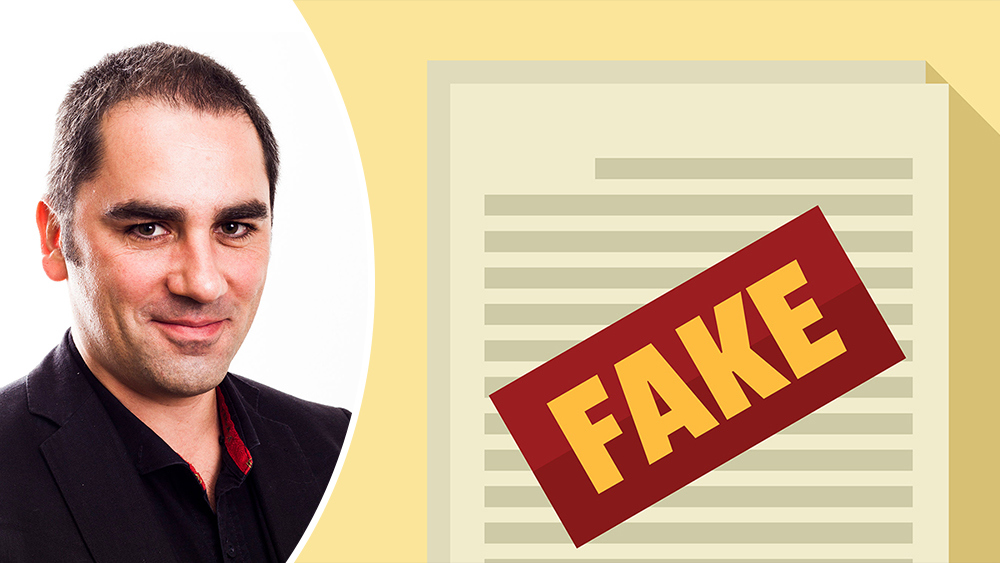Unique study of publications in questionable journals
2020-10-27

These two researchers have reviewed all scientific articles registered in Swepub during a five-year period. Between 0.5 and 0.9 per cent of the articles were published in suspected questionable scientific journals, which meant that they were listed in one of the following:
- Cabell's Blacklist (now called Predatory Reports)
- A list of questionable journals published by the Iranian Ministry of Health Education
- A list of journals which, due to editorial shortcomings, have been removed from the list of scientific journals in the Directory of Open Access Journals.
While it’s true that it is only a small proportion of all scientific articles that are published in questionable journals, but why does it occur at all? Gustaf Nelhans points, among other things, to open access publishing, which allows for a certain type of fraudulent activity:
“There have always been shady publishers, but now they have found a way to make money. They say they're conducting peer review, but that doesn’t mean it’s true. Often they are not competent to do so, either. This results in published research that appears to be have been peer-reviewed. This does not automatically mean that it is bad research, but it has most likely not received the kind of scrutiny that research should receive. Later on, published studies can be used in arguments in a debate, for example in support of or against vaccines, and that, among other reasons, is when it becomes problematic.”
The researcher's responsibility
As bibliometrics is used as a basis for evaluation and resource allocation, having many publications becomes a way to contribute to one’s institution or strengthen an individual researcher's CV. "When only the number of publications is reported, without criteria on the quality of the publication, then it pays off," says Gustaf Nelhans.
So where does responsibility lie: with the questionable journals or with the researchers? Gustaf Nelhans believes that some journals are good at portraying themselves well, at least at first glance. For researchers, though, this is no excuse.
“Of course these journals try to fool you, but we researchers receive spam of all kinds, and the responsibility for evaluating the credibility of information lies entirely with us. It is the researcher's responsibility to publish in meaningful channels,” says Gustaf Nelhans.
The study shows how university colleges and newer universities generally had a slightly higher percentage of articles published in questionable journals, at about two per cent. It is probably the case that these higher education institutions are operating within new areas that do not have as well-established publishing practices.
This study is unique in its kind in Sweden, and not many other countries have done anything like this. In Sweden, Norway, and Finland, access can be had to everything that researchers have published in a central database, but in many other countries that data is not available.
Since the study was published in Quantitative Science Studies in June this year, the researchers have been contacted by several libraries and universities; they are requesting data.
“Many people want to know how things look in relation to their institution. We have chosen not to report individual institutions in the study. Not that it is a secret, but because it can be quite sensitive and we don't want individuals to get caught in the middle. All our data are available through the Swedish National Data Service (SND),” concludes Gustaf Nelhans.
Advice to avoid predatory journals
- Evaluate the source! Warning signs can be if the publisher has a website with very poor quality, or if there is no named editor. Some even use the names of the deceased.
- Supervisors should pay attention to where their doctoral students publish. It is a failure for a supervisor if a doctoral student publishes in a predatory journal.
- Go to the library — librarians know about these issues.
- Follow the advice under Think, Check, Submit on thinkchecksubmit.org.
Lina Färm
Suss Wilén/Mostphotos

